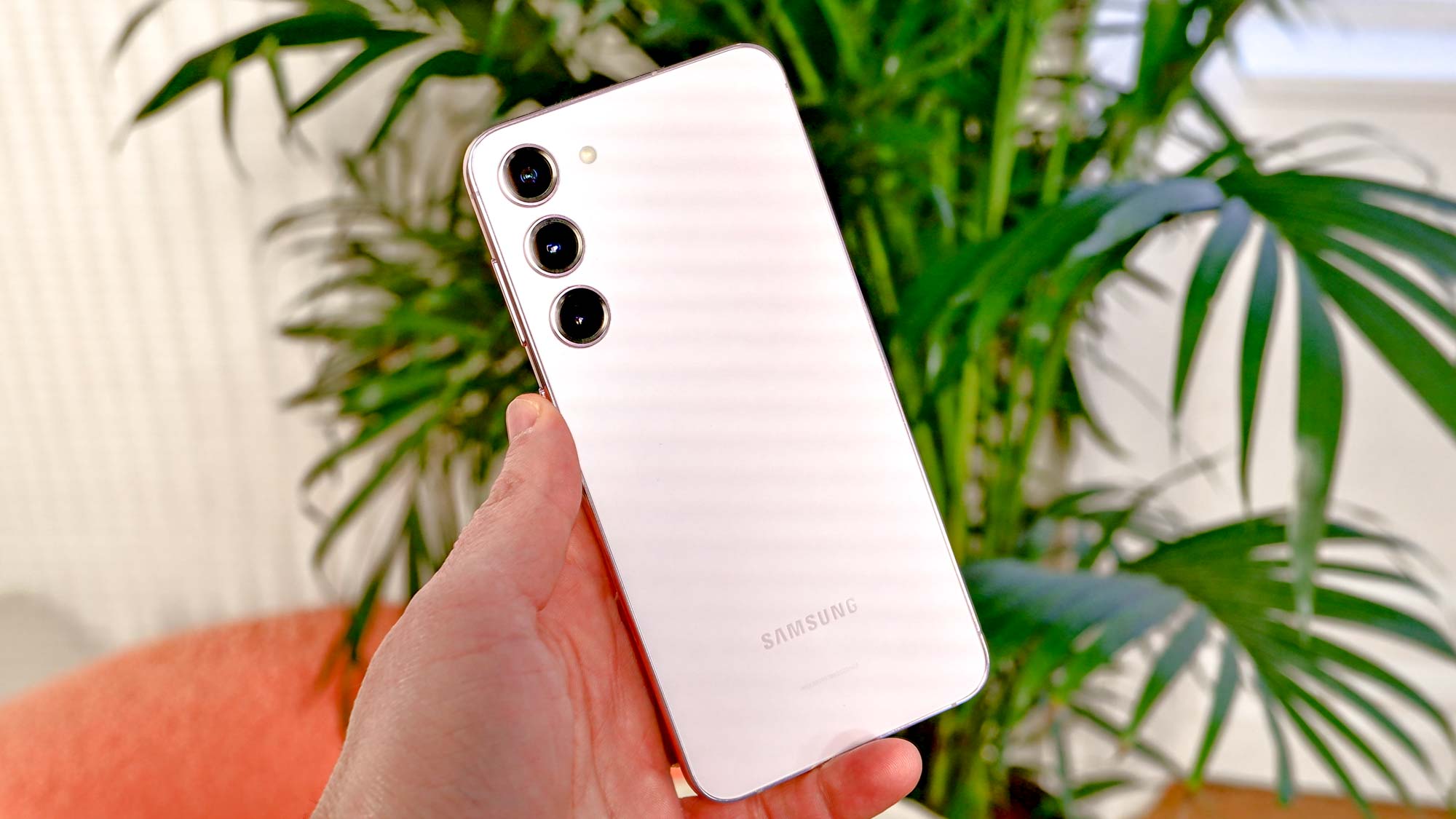Samsung Galaxy S23 hides a nasty storage secret
60GB of the Samsung Galaxy S23's storage appears to be taken up right out of the box

Samsung Galaxy S23 users hoping to transfer all of their data, apps, and media to their new phone might find space hard to come by. Reviewers who have got their hands on the Galaxy S23 range are reporting (in response to a thread on Android system storage space by Android expert Mishaal Rahman) that the phones reserve 60GB of storage for their Android 13 operating system.
This is an unusually high amount of storage to be taken up by a mobile OS. On the Google Pixel 7 Pro for example, only 15GB of space is needed.
With the 256GB models of the Samsung Galaxy S23 Ultra and Samsung Galaxy S23 Plus, losing 60GB of space could make for a tight squeeze for those with lots to transfer.
We checked this situation out for ourselves on our Galaxy S23 Ultra and found that the OS takes up 43.47GB of storage space; this was in the U.K. so models in other regions could gobble up the full 60GB, though giving up more than 40GB of onboard storage by default is still surprising.
But the real sting could take place on the cheapest S23 model, the 128GB Galaxy S23, as the OS would consume almost half the total storage space.
Why is the OS so big?
Aside from the contractually obligated suite of Google applications such as Chrome and Gmail, Samsung also likes to install its own alternatives, like Samsung Internet. Samsung also includes pre-installed third-party apps from its commercial partners like Microsoft, LinkedIn and Netflix. Further bloat comes in the form of software that network providers like Verizon and AT&T include on the device.
Many of these apps can’t be deleted to make room. But to make matters worse one of the most common storage-hogging features of smartphones isn’t even present in the Galaxy S23.
Sign up to get the BEST of Tom's Guide direct to your inbox.
Get instant access to breaking news, the hottest reviews, great deals and helpful tips.
Most of the best Android phones use two versions of their operating system so that users can update the system while continuing to use the phone on the copy of the operating system. Known as an A/B system partition, this feature has long been missing from Samsung handsets and as a result, updating a Samsung phone’s OS will render it unusable while the update installs.
What does this mean for the 128GB Samsung Galaxy S23
Without expandable memory, Galaxy S23 users are stuck with the storage they pay for. Those with the 128GB model not only have to put up with limited space but also slower storage as well.
The 128GB S23 only features the UFS 3.1 storage standard as opposed to the UFS 4.0 across the rest of the line. With read speeds and write speeds around half of UFS 4.0 devices, expect the cheapest Samsung Galaxy S23 to not feel as snappy when loading apps compared to its stablemates.
Should this put you off the Galaxy S23? Well maybe not as we still found it to be an impressive phone in out testing so far. But we'd suggest you check back with Tom's Guide for our full review and perhaps avoid the 128GB version.
Andy is a freelance writer with a passion for streaming and VPNs. Based in the U.K., he originally cut his teeth at Tom's Guide as a Trainee Writer before moving to cover all things tech and streaming at T3. Outside of work, his passions are movies, football (soccer) and Formula 1. He is also something of an amateur screenwriter having studied creative writing at university.
